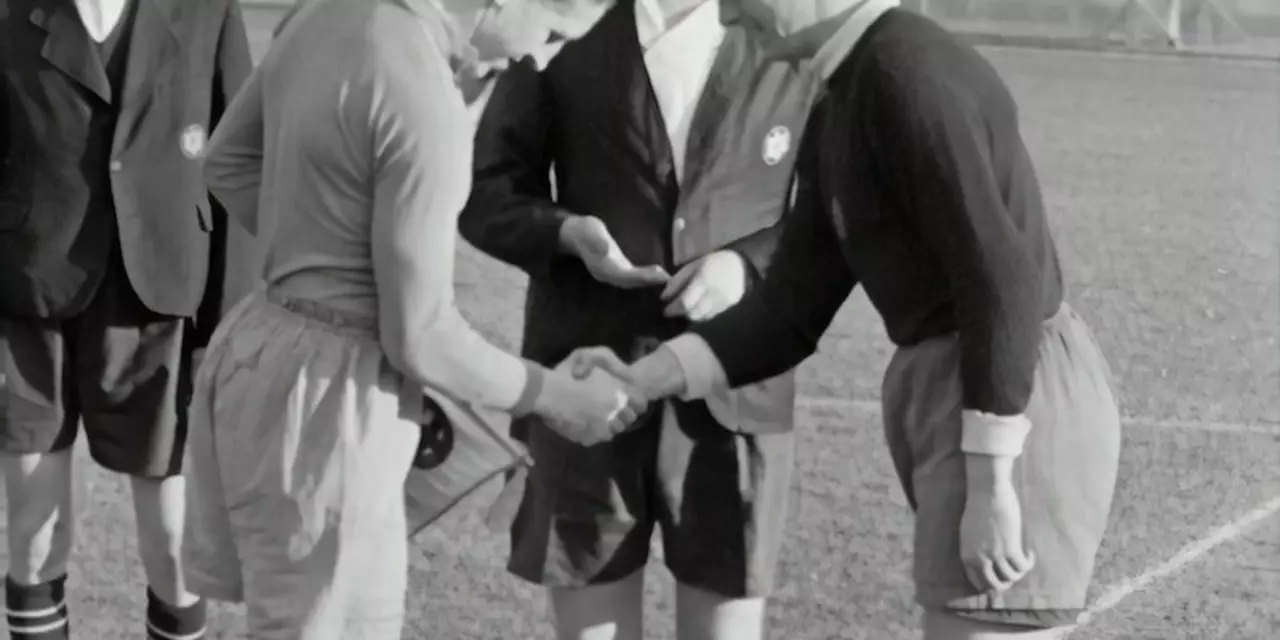Sports Analysis
When working with Sports Analysis, the systematic breakdown of games, tactics, and player performance in football (soccer). Also known as sports analytics, it helps fans and coaches understand what really happens on the pitch. Sports Analysis encompasses tactical breakdowns, statistical summaries, and video reviews, turning raw match data into clear stories. It requires reliable data sources, video tools, and a good eye for patterns, so every insight feels grounded in real play.
One core arena is Soccer, the world’s most popular team sport, played under FIFA’s rules. Also called football in most countries, soccer influences national sports culture and drives massive fan economies. The sport’s global power dynamics show why some nations dominate while others, like the United States, still chase a bigger slice of the pie. Understanding these dynamics is key to any deep tactical discussion because the level of competition shapes how teams approach training, recruitment, and innovation.
That brings us to Youth Development, the structured process of training young players through academies, schools, and clubs. Also referred to as grassroots programs, youth development fuels future talent and directly impacts a country’s standing on the global stage. In the US, limited academy networks and competing sports options slow the pipeline, which is why we often see talented American players making big leaps only after moving abroad. Strong youth systems, like those in Germany or Spain, create a steady flow of technically skilled players ready for top‑level competition.
When you watch a match, the language of Football Positions, the numbered roles assigned to players on the field becomes instantly clear. Numbers 1‑11 (or 12‑14 for substitutes) signal who guards the goal, who defends, who creates, and who finishes. These positions shape formation decisions – a 4‑3‑3 emphasizes wing play, while a 3‑5‑2 relies on midfield dominance. Knowing the meaning behind each number lets analysts spot tactical shifts, like a defender moving forward to become a makeshift winger, and explain why a coach altered the line‑up at halftime.
What you’ll discover
Beyond positions, modern tactics blend pressing styles, possession strategies, and set‑piece routines. A strong analytical piece will break down how a high‑press disrupts the opponent’s build‑up, or how a low block forces long balls and counter attacks. By examining heat maps, pass networks, and expected goals (xG), analysts reveal hidden patterns that casual fans often miss. These tools turn subjective opinion into measurable insight, helping clubs refine their game plans and fans appreciate the nuances of each match.
Player performance metrics add another layer to the puzzle. Tracking sprint distance, duel success rate, and passing accuracy gives a 360° view of how each individual contributes. When a midfielder’s passing accuracy climbs above 90 % while maintaining high work‑rate, analysts can link that to a team’s increased possession and reduced turnover. Such data points are the backbone of credible sports analysis and provide concrete evidence for coaching decisions.
All this groundwork sets the stage for the articles below. In the collection you’ll find deep dives into why the US isn’t a global soccer powerhouse, clear explanations of position numbers, and many more insights that blend data with storytelling. Ready to see the numbers, tactics, and development pathways come together? Let’s explore the full range of analysis waiting for you.

Why is the US not stronger as a global soccer power?
Well, folks, it's time to tackle one of the great mysteries of the universe - why isn't the US a soccer superpower? Now, don't get me wrong, we're pretty darn good at most sports, but when it comes to soccer, we're more like a dog chasing its tail. The reasons are quite multifaceted, really. It's a mix of soccer not being as popular or prioritized in comparison to sports like American football or basketball and the lack of a strong youth development system. We've got the talent, but it seems like our soccer balls are deflating a bit quicker than the others!

What do the position numbers mean in Football (soccer)?
Football, commonly known as Soccer, is a sport with two teams of 11 players each. Each team has a different set of positions with their own numbers associated with them. The numbers can vary depending on the formation of the team and the roles of the players. The most common positions are goalkeepers (1 and 12), defenders (2-5), midfielders (6-8) and forwards (9-11). Goalkeepers are responsible for preventing the ball from entering the goal, defenders for blocking and tackling, midfielders for passing and controlling the ball and forwards for scoring goals. The numbers associated with each position can help coaches and players to easily identify the roles of each player on the field.